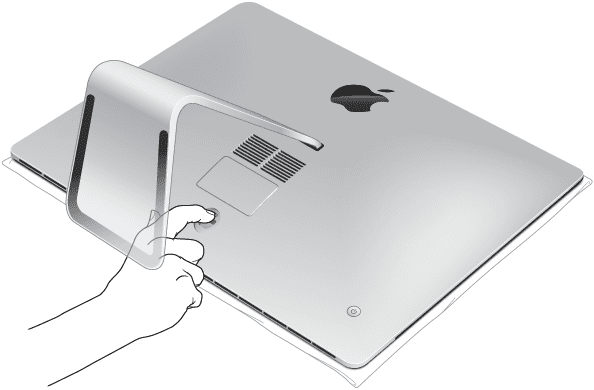

- Mac pro mid 2012 ram upgrade how to#
- Mac pro mid 2012 ram upgrade install#
- Mac pro mid 2012 ram upgrade upgrade#
- Mac pro mid 2012 ram upgrade mac#
- Mac pro mid 2012 ram upgrade windows#
There are a few variances to replacing the Optical drive but this will be the same for any 2011-2012 macbook pro. Similar steps are also taken to replace the Ram. Replacing the SSD is the same on all 13" & 15" Unibody Macbook Pro's. You can find all the parts here at these Amazon Links:

If you are looking for a 2012 MacBook Pro check here:
Mac pro mid 2012 ram upgrade how to#
This is fast!Ģ017 update on how to do Raid0 in macOS Sierra: I also remove the Optical drive and add a second SSD and set the system up for RAID0.

Mac pro mid 2012 ram upgrade install#
I decided I would share some of my knowledge and create this step by step guide on how to Install an SSD into your aging 2011-2012 Macbook pro and give it some Speed! It is also a guide on how to add more Ram to your system.
Mac pro mid 2012 ram upgrade mac#
I've been fixing and upgrading mac computers for many years. If you would like to buy me a coffee click here: The faster the disk hosting that swap space is, the faster the results and the less heat gets generated.Here is a 2020 update on this MacBook Pro Photoshop uses its own virtual memory/swap disk regime, separate from the ones used by OS X and Windows. It might be worth getting a temperature/hardware monitor such as iStat Menus or one of Marcel Bresink's monitoring apps (System Monitor, Hardware Monitor, SystemLoad) to keep track of what's going on while you're messing with this, to track whether the changes you make are getting the desired results.Īnother heat-lowering option is to get a faster disk - an SSD, or a hybrid SSHD (standard platter drive with a big solid-state cache). Photoshop will eat all the hardware you're willing to pay for, so more RAM = better. Having more RAM in use means you'll be doing a lot less swapping to disk, which can really drive the heat up. Even so, that will be a lot more than it has now, and you'll still have a lot more available for your OS X environment.
Mac pro mid 2012 ram upgrade windows#
My guess is that the practical maximum is 4GB for Windows XP, and 8GB for Vista/Win7/Win8. You can try upping the Windows allocation until the computer stops grouching at you. Once you've gone from the stock 4GB to 16GB, you can then throw a pantload of RAM at your Windows environment (using the Parallels preferences), which will then be available to your Windows applications.
Mac pro mid 2012 ram upgrade upgrade#
It's better to get all the benefit of going to 16GB in one jump, rather than upgrade from 4GB to 8GB, find out that it's not enough, then upgrade to 16GB and have to resell/trade in the 8GB. My recommendation to my clients is always to max out any machine with only two slots, rather than upgrade in smaller steps. RAM is the upgrade that gives the most bang for your buck, especially in laptops. Then, when you boot natively into Windows, Photoshop will behave according to standard Windows rules without being limited by Parallels' RAM cap.īut, since this is where you are now, this gives you a justification to do the no-brainer upgrade, and max out your RAM. Alternately, you could install Windows as a dual-boot OS using Apple's Boot Camp utility. You'd get better performance out of an OS X-native version of Photoshop, which would then take RAM as needed like a good OS X application. It sounds like you're running high-horsepower applications in the virtualized environment, which is not an ideal use. In any case, you can't allocate more RAM to Windows than the Mac has installed, and it's a Very Bad Idea to give 100% of your RAM to a virtualized environment, leaving little or nothing for the boot OS. will all draw their RAM out of the Windows pool, rather than the larger pool available to the Mac. Depending on whether the Windows installation is 32-bit or 64-bit, you may be limited in the amount of RAM you can allocate to Windows. The first thing you should do is check the Parallels preferences for your Windows environment, and see how much RAM you've allocated to it. If you've authorized Windows Whatever to use 4GB RAM (for example), that 4GB is not available to the OS X environment until you shut down the Windows environment. The memory space for each virtualized OS is set in the Parallels preferences on an OS-by-OS basis. This virtualized environment also commands its own memory space, because the virtualized OS doesn't know it's not the boot OS. Parallels, like other virtualization middleware applications, runs an entirely different operating system with its own native applications.


 0 kommentar(er)
0 kommentar(er)
